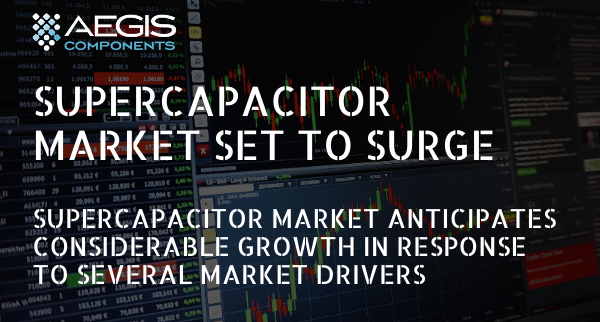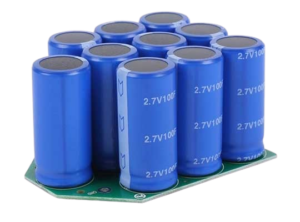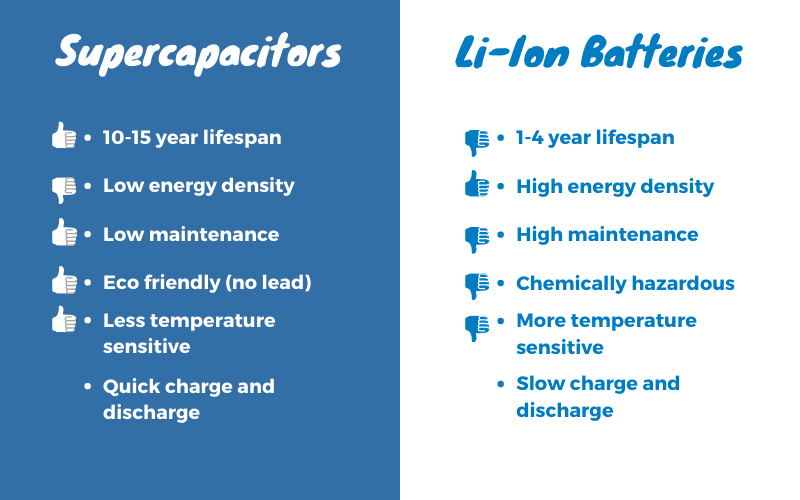

Electrochemical capacitors, also known as supercapacitors, contain much higher capacitance values than other capacitors. Similar to a battery, they have a positive and negative electrode separated by an electrolyte. What separates them from batteries though, is that they store energy electrostatically rather than chemically. This allows them to discharge energy rapidly, since they don’t rely on a chemical reaction.
While traditional Li-Ion batteries contain higher gravimetric energy density, they lack power output when compared to supercapacitors. In simple terms, batteries discharge energy slower while supercapacitors distribute their stored energy much quicker, providing a burst of immediate power when directed. Batteries also have a much shorter lifespan than that of a supercapacitor, putting them at a disadvantage in long term applications.

According to a report from Mordor Intelligence, the global supercapacitors market was valued at US $487.45 million in 2019. They anticipate that the market will continue its expansion with a CAGR of 21.8% between 2019-2025, reaching a market value of US $150.75 million.
The primary contributors to this estimated growth are:
COVID-19 has restricted the production of supercapacitors and electrode materials, as well as significantly impacting global consumer spending. However, as the impacts of the pandemic begin to recede, the supercapacitor market is set to surge.
Aegis Components provides electronic and electrical components from verified suppliers to ensure that the quality you expect is delivered every time.
Fill up the form and our team will get back to you within 24 hours.